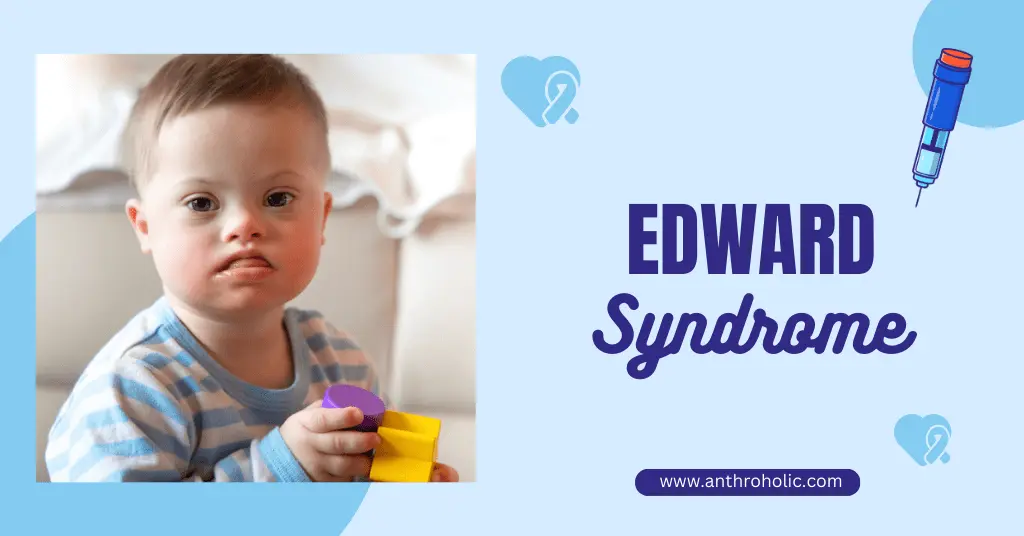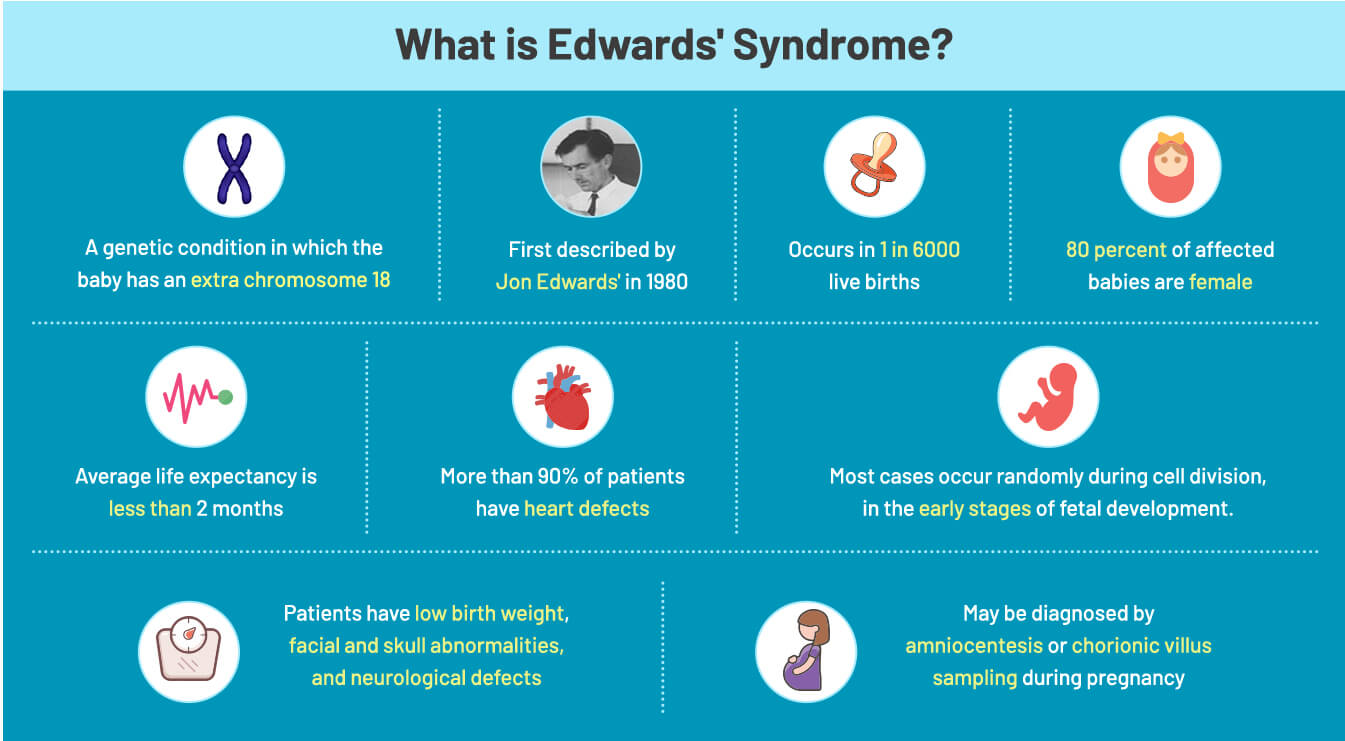Free Courses Sale ends Soon, Get It Now


Free Courses Sale ends Soon, Get It Now



Copyright infringement not intended
Picture Courtesy: https://anthroholic.com/edward-syndrome-trisomy-18
Context: Researchers identify chromosomal disorders in ancient human remains, including six cases of Down syndrome and one case of Edwards syndrome, marking the first instance of identifying Edwards syndrome from prehistoric remains and offering insights into ancient societies' care for individuals with genetic disorders.
Key Highlights
Discovery of Chromosomal Disorders in Ancient Individuals
Chromosomal Trisomies Identified
Historical Challenges
Research Methodology
Societal Implications
Recognition and Care in Ancient Communities
|
Edwards Syndrome |
|
|
Key Points |
Description |
|
What is it? |
Edwards syndrome, also known as trisomy 18, is a chromosomal disorder caused by the presence of three copies of chromosome 18 instead of the usual two copies. |
|
Causes |
The extra chromosome occurs due to an error during cell division (meiosis) in the formation of sperm or egg cells. It is not caused by anything the parents did and is not inherited. |
|
Symptoms |
Physical abnormalities: Small head (microcephaly), Clenched hands with overlapping fingers, Clubfoot (feet turned inward), Heart defects, Omphalocele (abdominal wall defect), Cleft lip and/or palate, Kidney malformations. Developmental delays: Difficulty feeding and growth problems, Delayed motor skills, Intellectual disability. |
|
Diagnosis |
Prenatal diagnosis can be done through various tests like amniocentesis, chorionic villus sampling (CVS), or non-invasive prenatal testing (NIPT). After birth, diagnosis is based on physical characteristics and chromosomal analysis. |
|
Treatment |
There is no cure for Edwards’s syndrome. Treatment focuses on managing symptoms and improving the quality of life. This may include surgery for heart defects, feeding assistance, and physical and occupational therapy. |
|
Prognosis |
Most babies with Edwards’s syndrome do not survive beyond their first year. Some may live for a few years in intensive care. |

Conclusion
|
PRACTICE QUESTION Q. What is the primary purpose of mitosis and meiosis, respectively? A) Mitosis - Genetic variation, Meiosis - Cell growth B) Mitosis - Cell division for growth and repair, Meiosis - Gamete formation for reproduction C) Mitosis - Gamete formation, Meiosis - Genetic diversity D) Mitosis - Asexual reproduction, Meiosis - Sexual reproduction Explain: B Explanation: Mitosis is responsible for cell division for growth and tissue repair, while meiosis is specifically involved in the formation of gametes for sexual reproduction. |
© 2024 iasgyan. All right reserved